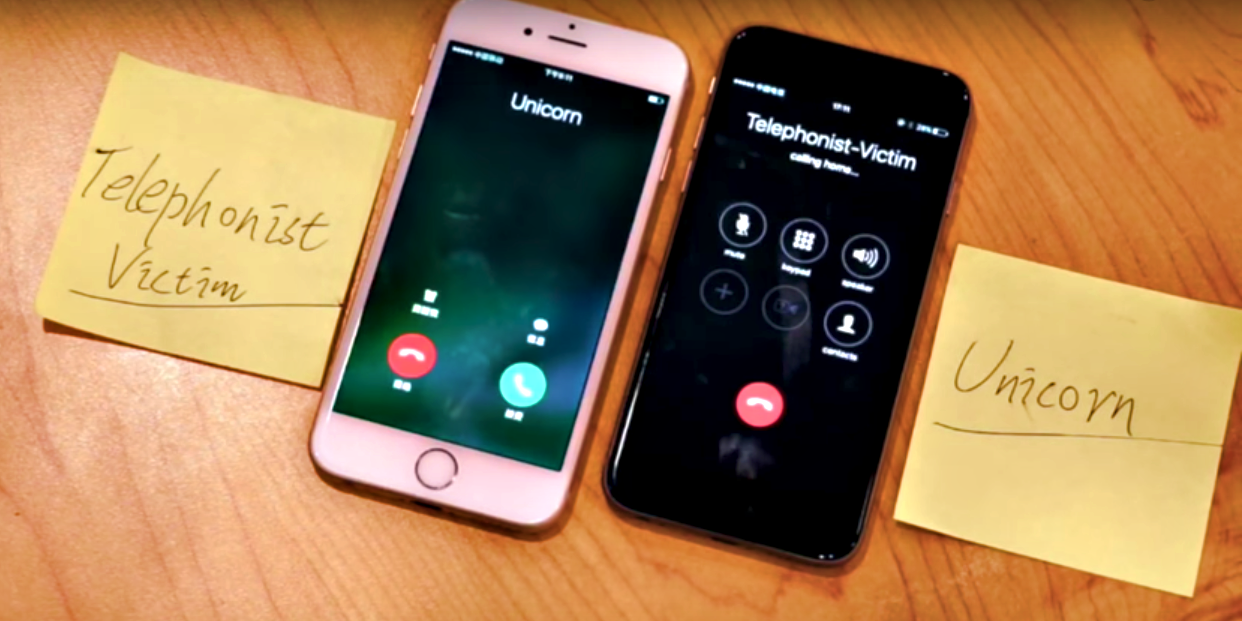Ghost Telephonist’ Attack Exploits 4G LTE Flaw to Hijack Phone Numbers

According to UnicornTeam, a group of Chinese researchers from country’s leading security firm 360 Technology, there is a dangerous vulnerability in 4G LTE network’s Circuit Switched Fallback (CSFB) which allows hackers to hijack cell phone numbers.

According to UnicornTeam, a group of Chinese researchers from country’s leading security firm 360 Technology, there is a dangerous vulnerability in 4G LTE network’s Circuit Switched Fallback (CSFB) which allows hackers to hijack cell phone numbers.
Unicorn Team demonstrated the findings (PDF) on Sunday at the Black Hat USA 2017 hacker summit. As per the team of researchers, CSFB’s authentication step is missing from its procedure, which can allow easy access to hackers to the phone.
At the summit, Unicorn Team created a situation where a hacker could use a stolen mobile number to reset the password of a Google account. Once the phone was hijacked, all that was required to be done was to sign in to the Google Email account and click on “Forget the Password.”
Huang Lin, a wireless security researcher of the team, told Chinese news site Xinhua that this particular flaw could be exploited to carry out different kinds of hack attacks.
“Several exploitations can be made based on this vulnerability – We have reported this vulnerability to the Global System for Mobile Communications Alliance(GSMA),” said Lin.
We do know that Google sends a verification code to the mobile before allowing password reset. If hackers have hijacked the mobile, they could easily intercept the message and get the code to reset the account’s password. All this would take place without the knowledge of the victim, and the phone will remain online in 4G network. Since a majority of internet app accounts also use the same method for resetting the password, therefore, an attacker can easily initiate the password reset process using the phone number.
Moreover, attackers can perform other actions too like starting a call or sending an SMS on behalf of the victim. Using the victim’s phone number, attackers can launch advanced attacks as well. The victim will remain clueless because neither 2G nor 4G fake base station is utilized and cell re-selection is also not conducted. Attackers sometimes target a selected victim, or they may launch an attack against a randomly chosen victim.
To counter the Ghost Telephonist attack, also dubbed as the Evil Attack, various measures were proposed by the team. The team is also collaborating with operators, internet service providers and terminal manufacturers for eliminating the vulnerability. They already notified the Global System for Mobile Communications Alliance (GSMA) about this flaw.
WATCH THIS VIDEO: Hack facebook (study purpose)



No comments